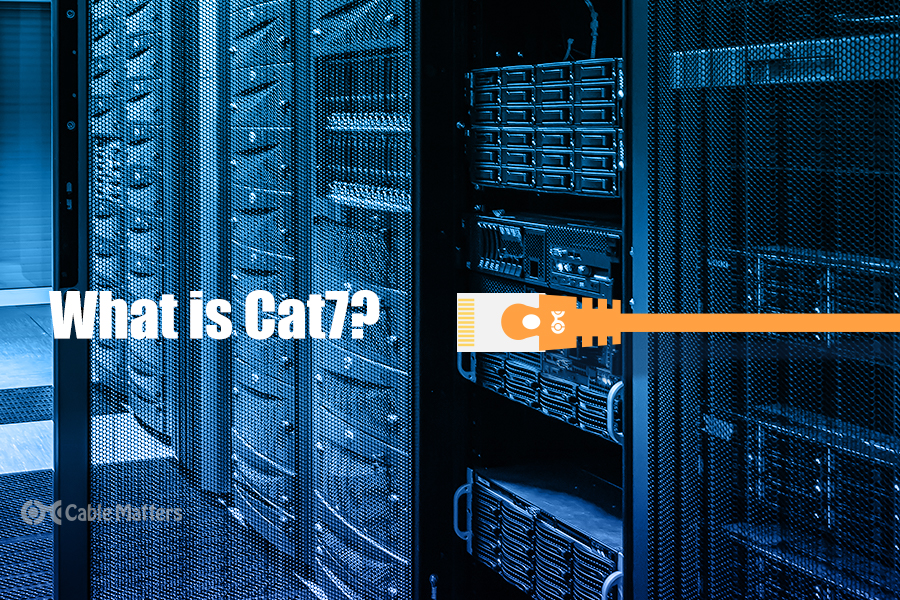Consider doing this:
Bring the two routers together:
Configure the main router so that it uses the primary WAN input. Leave the 2.5 Gb/s port as a LAN port.
Daisy chain the two routers:
1. Configure the node router to run in full router mode. Connect a LAN port from the main router into the node router WAN port. At this point, the routers are connected via 1 Gb/s ports and they should act as such.
Run a speedtest via ethernet from the node router 2.5 Gb/s port to see what you get. You should be able to see the connect rates in the network map showing 1 Gb/s for the 2.5 Gb/s port , but the speedtest will confirm that yes indeed, you're getting something over 100 Mb/s. With the connect rate showing 1 Gb/s , anything over 100 Mb/s on the speedtest will confirm that the pins on the node router 2.5 Gb/s port are working as expected for a 1 Gb/s connect rate. At the very least, you know that the port controller will run the 2.5 Gb/s port at 1 Gb/s
2. Flip the cable connector on the main router from a LAN port to the 2.5 Gb/s port. At this point the two routers are still connected at a 1 Gb/s rate. Have a look the network map on the main router to see what is indicated for the connect rate with the 2.5 Gb/s port. You should see a 1 Gb/s connect rate.
Run a speedtest via ethernet from a LAN port on the node router to see what you get, expecting to see something over 100 Mb/s as a confirmation that the 2.5 Gb/s port on the main router will at least run over 100 Mb/s. If so, then all of the 2.5 Gb/s port pins are active on the main router and are capable of running up to 1 Gb/s.
3. Flip the WAN port selection on the node router from the primary WAN port to the 2.5 Gb/s port. Change the cable on the node router from the WAN port to the 2.5 Gb/s port. With the two routers connected via the 2.5 Gb/s ports, I'd expect the ports to run connect and run at 2.5 Gb/s. The question is, will the ethernet connect rates as shown in the network map actually show that? Have a look at both network maps, specifically the 2.5 Gb/s port connect rates to see if they have flipped to 2.5 Gb/s. If not, then either there's a bug in the UI, or at least one of the ports will not run at 2.5 Gb/s. Even if the UI does show that it runs at 2.5 Gb/s, you still need some method of testing both 2.5 Gb/s ports with an independent test device to confirm that yes indeed, they are running at 2. 5 Gb/s. Even a small switch with 2.5 Gb/s ports would do the job.
Now, if you prove that the 2.5 Gb/s ports on both routers are running as expected, and the long cable proves out, then I'd expect the two routers to connect and operate via that cable. From the sounds of it, you might need to replace it if you don't have full confidence in it.
The other unknown here is whether the node routers 2.5 Gb/s port will operate as the WAN input port when the node router is configured to operate as a node, instead of operating as a router. Maybe you found a bug?? Testing both routers initially in router mode should confirm if the two 2.5 Gb/s ports will operate as expected. Then its a question of determining what happens when the node router is flipped to operate as a node.


